Why Marc Jacobs Launched Another Contemporary Fashion Line
For the past 30 years, Marc Jacobs has continued to help shape what fashion could look like. From introducing unconventional collection ideas (his Spring 1993 grunge collection for Perry Ellis) to making fashion more accessible in price point (for 15 years he helmed up his contemporary line Marc by Marc Jacobs). Today, the designer makes another imprint on the industry, with the launch of his new line The Marc Jacobs.
“When we did the Marc by Marc and the [runway] collection together, it was so great because together all of those components made for a very round vision, as opposed to, "This is runway and if you can't afford it then you can have it," Marc tells Teen Vogue.
When Jacobs first introduced Marc by Marc Jacobs, the point was to create basic staple pieces that one could interchange with what was already in their closets, over the course of 15 years that mindset changed for the brand and eventually it was shuttered. The Marc Jacobs has a takes on the original sensibility, creating staple pieces for your wardrobe at democratic price points. There’s The Grunge Sweater, The Shirt Dress, The Track Pant, along with some collaboration with brands Jacobs is fond of like New York Magazine (he is the quinessential New York designer, isn’t he?) and Peanuts (he got a Snoopy stuffed animal as a gift from Patty Duke when he was a child). It’s all about specific items, the idea that you already have something awesome in your closet to pair it with.
Teen Vogue chatted with the designer about his definition of style, the state of fashion today, and why it’s important to make fashion accessible. We also shot some of our favorite New York cool girls in the collection around Brooklyn.
TV: In 2015, Marc by Marc Jacobs closed and now four years later you're launching THE, Why launch this contemporary line now after already shutting one down?
MJ: Marc by Marc Jacobs, when it started out was really a very exciting project that Robert and I believed in very, very strongly and the people that were working on it, this group of stylists and designers, we all had this very great shared aesthetic that we wanted to do, a collection of things that were made up of different items. The items could be anything from a flip-flop to a little silk dress, but they should be authentic to what they were, and they should represent something genuine; Items that you could style yourself and create your own look. Rather than what it became in later years, which was more like a collection with a theme, and it was very tightly merchandised. It was never really the intention of Marc by Marc. It's just where it kind of evolved to, without blaming anybody, like merchandisers from departments stores. So then, when there was a decision to close it, which was not really mine and Robert's decision, but it was the decision of the company and we stood behind it.
We were one of the first people to offer two lines with two very distinctive points of view. There was the runway, which was about a statement and a fantasy where money was no object and quality was very important, aesthetic quality as well as the quality of make and luxury fabrics, et cetera. Then we made another product, which was again, it was much more liberal, and much more open, and much more democratic in price, and it had a lot more to offer. It had boys. It had girls. You could be young. You could be old. You could be a kid buying a keyring. You could be an adult buying a raincoat. It offered a lot of scope, and it wasn't because we tried to reach everyone. It was because we believed that to make a contemporary look or a cool look, you needed to mix all of those components. And so, that's where we kind of brought it back to here. I hope it'll work, I hope people will see it that way.
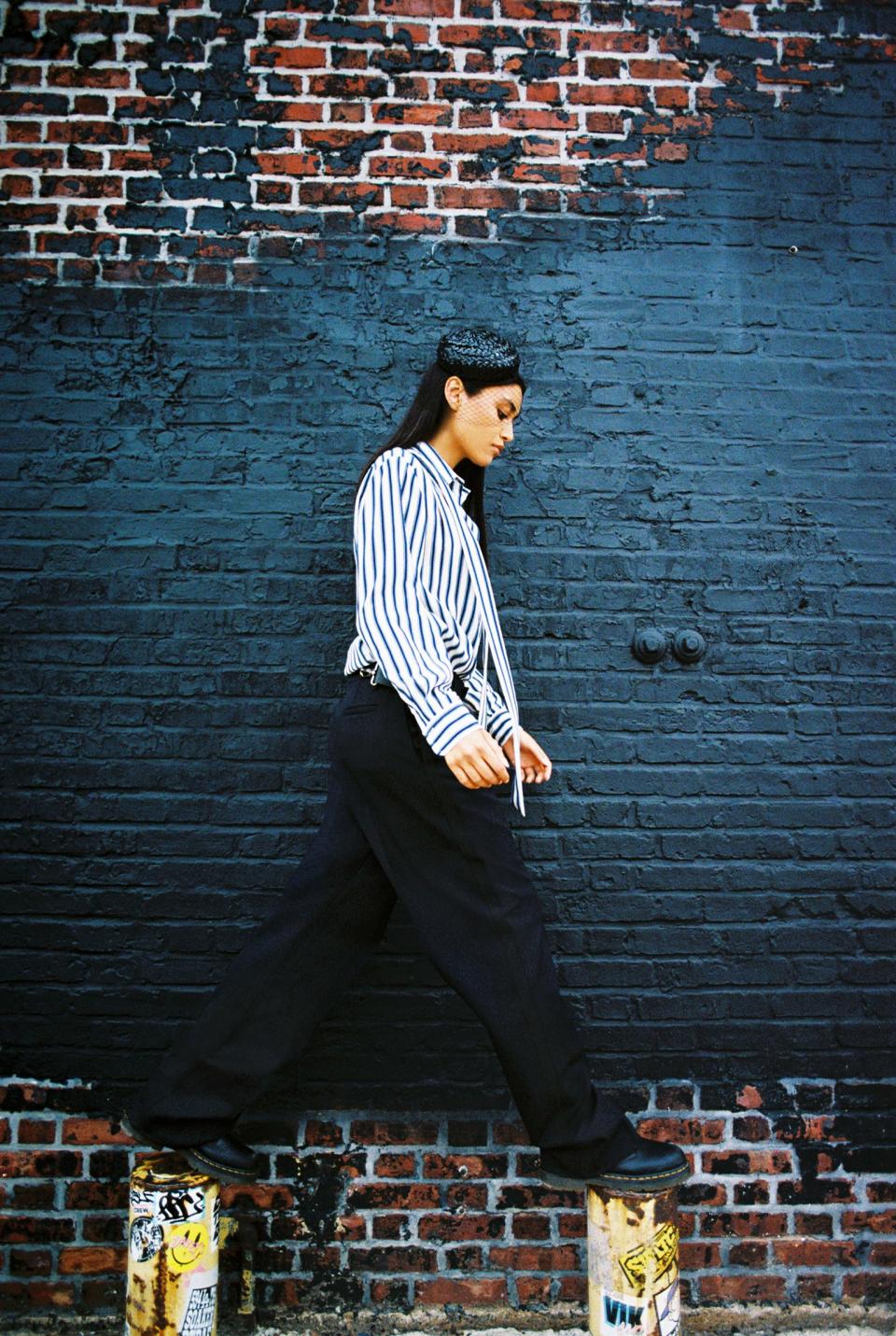
Teen Vogue: For your collection, you collaborated with the Peanuts to make a few pieces like the denim skirt, jacket and pants. I just found out that you had a Snoopy stuffed animal that you got as a gift when you were younger. How did you fall in love with the Peanut franchise?
Marc Jacobs: It was from FAO Schwartz, a giant Snoopy. My dad was an agent at the William Morris Agency, so he was friendly with a lot of people in film and TV, and Patty Duke was a big Snoopy fan. So, she bought me a giant Snoopy, I've loved the Peanuts since I was a kid.
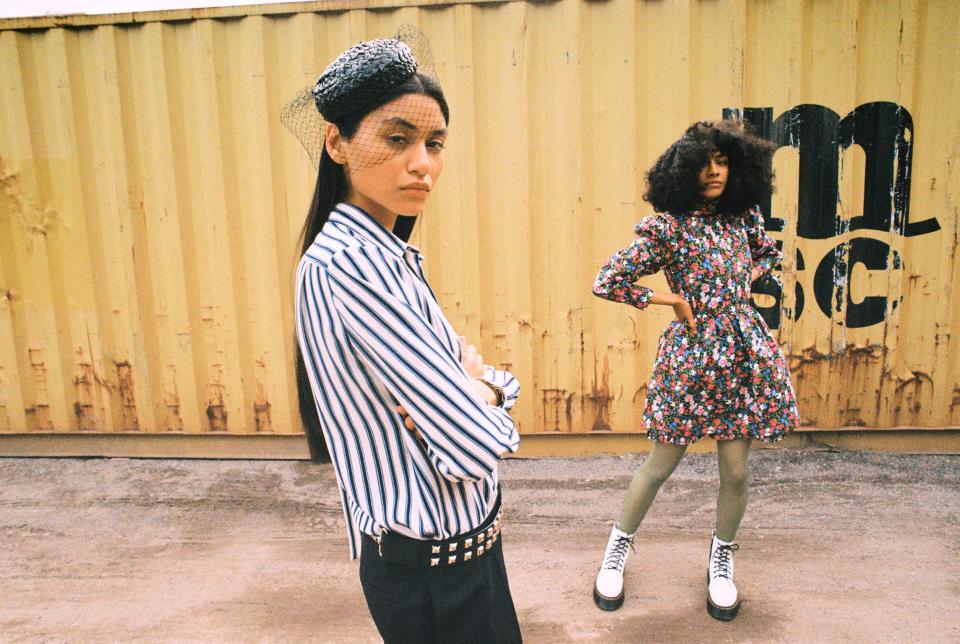
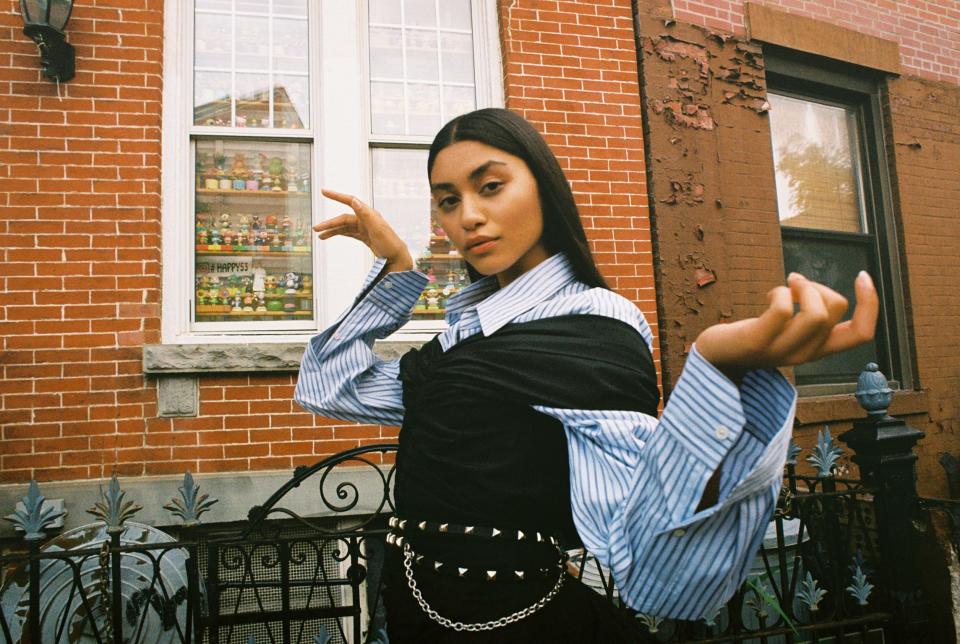
TV: Do you have a favorite character?
MJ: Probably Pig-Pen. No. Who's the one with a blanket? Linus. I like Linus and I liked the blanket because I had a blanket that, which I wouldn't let go of until I was like 10 years old or something. I do like Pig-Pen, too, because I've always been like stain boy. Anybody who gets dirty is always cool.
TV: Mixing components is also needed for having a good sense of fashion, or maybe a better phrase is personal style. How would you describe style?
MJ: My whole philosophy of fashion is that I love the high and the low, I love the mix of things like irony and perversity in fashion. I would love to wear an Adidas track pant with a fur coat back in the day, I don't wear fur anymore. Or, I'd like to wear something super expensive and with a pair of $10 flip-flops. I always felt that the imbalance of things made them more stylish and less fashionable. So, it was always about achieving that cool imbalance. I see young people and mature people on the street who dress like that. They're not head-to-toe off the runway, they make fashion work in their lives the way they like it.
Style is being playful with playful, or experimental, or open and curious about who you are in the aspects of you, not the trends. It's not that Cinderella process of like, "For the ball, I'll wear this. And then at midnight I turned back into me" kind of thing. What style is, is that it's the real you. It's what you think fashion is.
TV: When do you feel the most like a designer?
MJ: Probably, a couple of weeks before the show. I usually get very stressed. Or before this [the THE press run]. It's the same thing. Before we have to present something, I have so many insecurities and sometimes I feel like I can hold people back on the design team because of not knowing exactly what I want to do or what I want to see. So then there's a point where I let everybody be, and create, and then I take a fresh look at it, and then say, "Oh, now I'm inspired," or, "Now I can get into it." I guess it's that white paper syndrome, like if you put a white paper in front of me, I would be like, "I don't know what to draw." But if you put a white paper with a black line, I'd say, "No, it shouldn't be a black line. There should be a red circle with a blue square underneath."
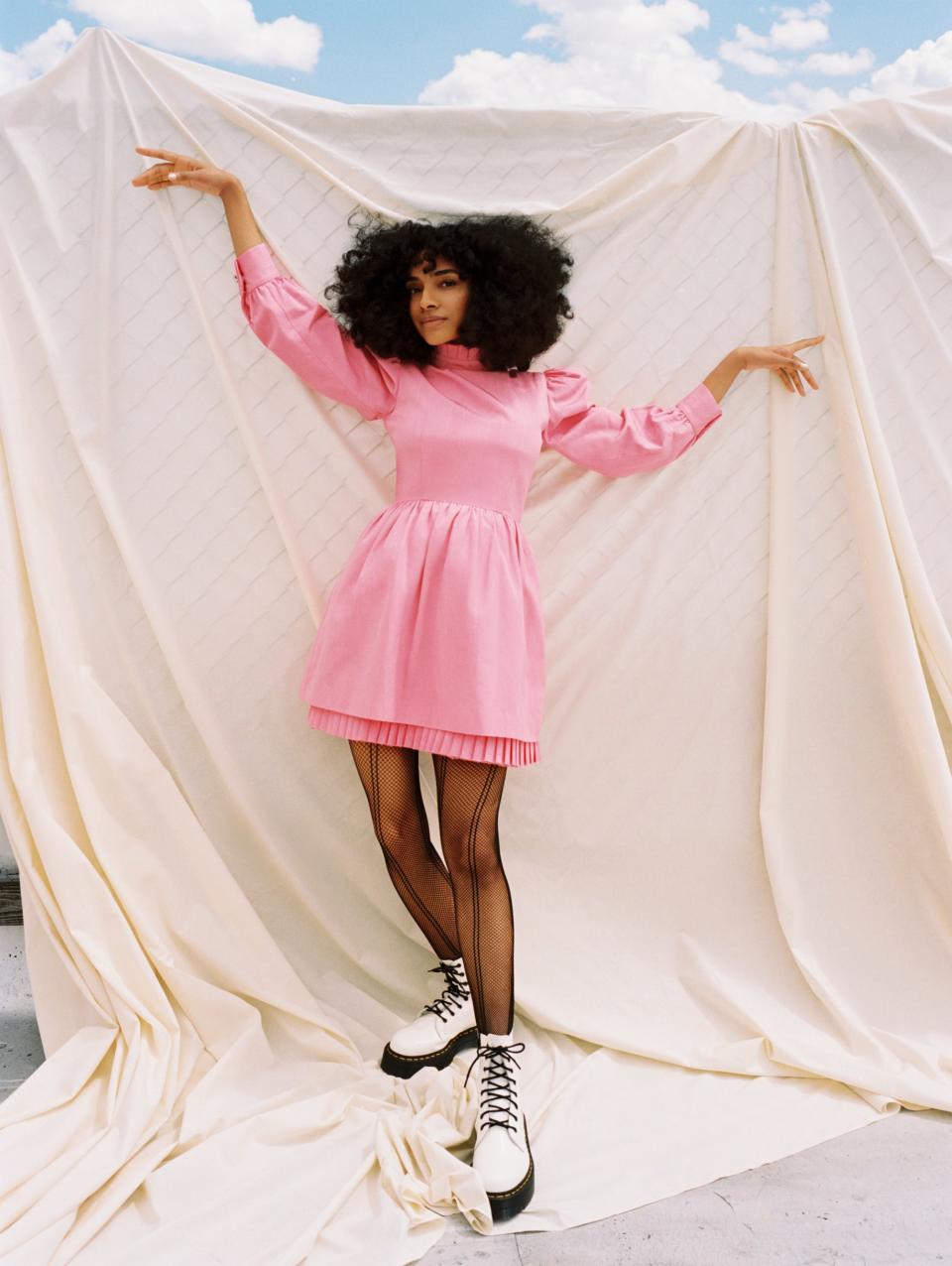
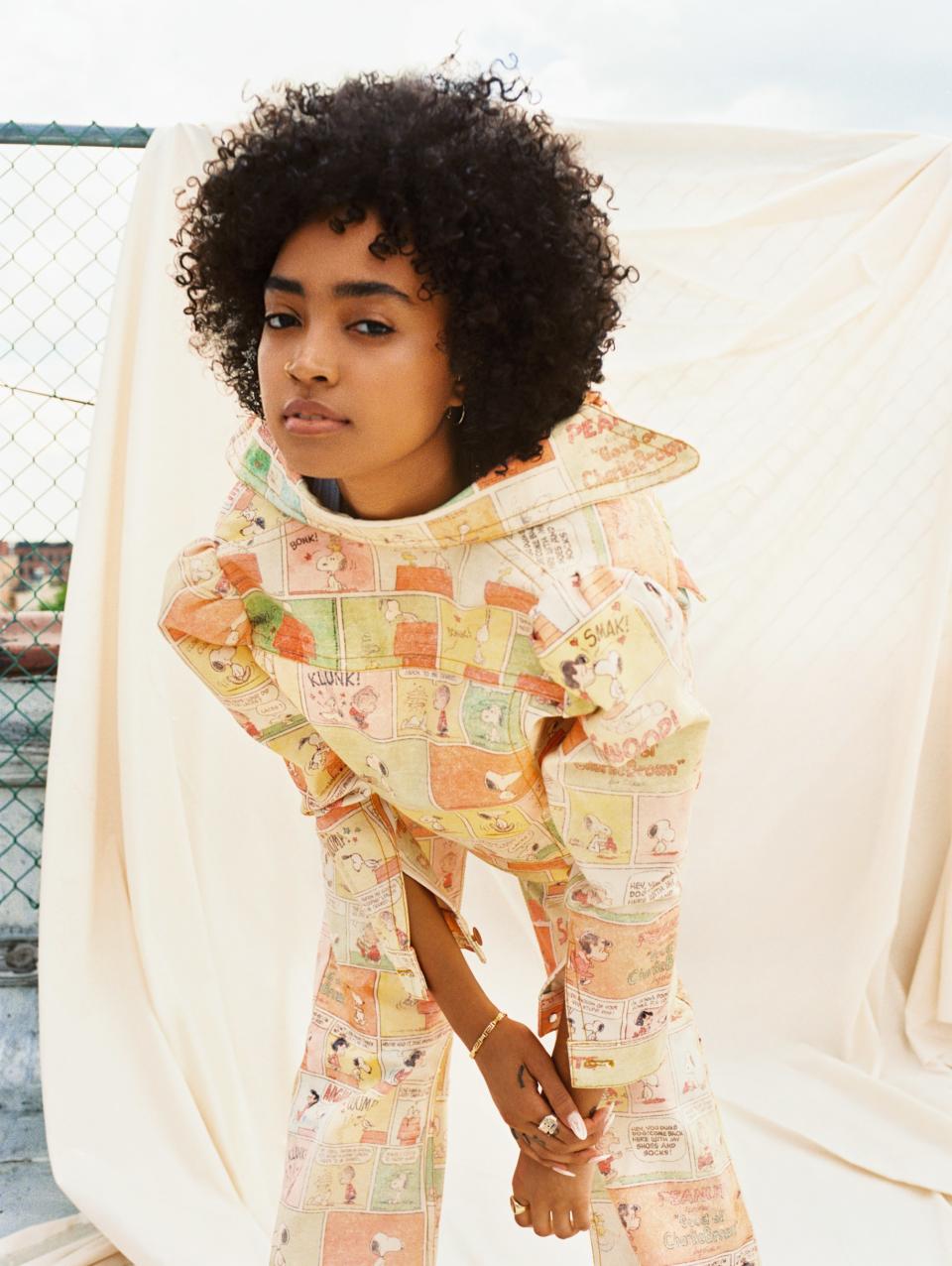
TV: Being a designer today is a lot different than when you came up as a designer. Some of it I feel like is about still skill and craftsmanship, but some of it is more about hype and how much of it you can build around your brand. How have you handled the shifting landscape of the fashion world?
MJ: Yeah. I think you're right. I'm handling it the only way I know how, which is to remain curious, to do what I know how to do, and to question what I know how to do, because I don't want to be totally stagnant.We're not going to be somebody else, but we want to be the newest or most updated version of ourselves that we can be. And as far as the hype thing goes, I used to have a very different attitude about things that I felt were different than the way I chose to do them. Then I realized, when I was younger, that's how people talked about what I did. They would say, "No. That's not the way you do it. That's not the way you do it." And so, I want to be very careful and very sensitive, and not say that it isn't right. It's just not my way. And hype is a thing. It's the manifestation of creative ideas. It might be more calculated, it might not be. But I always wanted to work on a collection and show the collection, and the hype came from the clothes we showed, not create the hype to sell the clothes. So that's a different practice.
But I do feel, and again, I'm no expert, not even slightly an authority on the subject, but people have a different way of communicating now. So I'm just trying to be true to myself, as we all are, but still, like I said, remain curious and be a part of, not apart from, and see how that goes, you know?
TV: At the same time, I also feel like there's this energy from young designers, like off the top of my head I think of Eckhaus Latta and Luar, they're creating their own ideas that feel very fresh and innovative. That's the other side of fashion today.
MJ: That is a great side of fashion and I hope that never disappears, because that's really about idea-driven clothing. That's about conceptual, idea-driven things. I saw them [Zoe Latta and Mike Eckhaus of Eckhaus Latta] at the LVMH Prize not long ago, and I think what they do is great and they do speak to people. There is a connection people have to it. And so, I think that's terrific. And again, not everything speaks to me, but nothing ever did. And I never spoke to everyone. So it's nice when somebody finds their niche or their place and they feel really, truly connected to it, and then they flourish within that world. So, again, I think it's a part of fashion. Nothing is what fashion is. It's just parts of what fashion is. You know?
TV: Have you ever sort of fallen out of love with fashion?
MJ: Not really, not genuinely. I mean, there were days here which have been very stressful or days that were very frustrating or the obstacles felt too big, where I was like, "I just want to retire, I just want to go away, or I just want to do something else." But I don't really have a plan B, and there is so much joy when it does go right or when you get to the place where it's what you want it to be. Nobody ever comes in with something that's like, "Okay, this is a great idea, and here's the perfect execution of it." It's a process, and we have to work on it. But when you see glimpses of that process showing you some results, then you get excited, and then I feel like, "This is why I do this. This is why I love it."
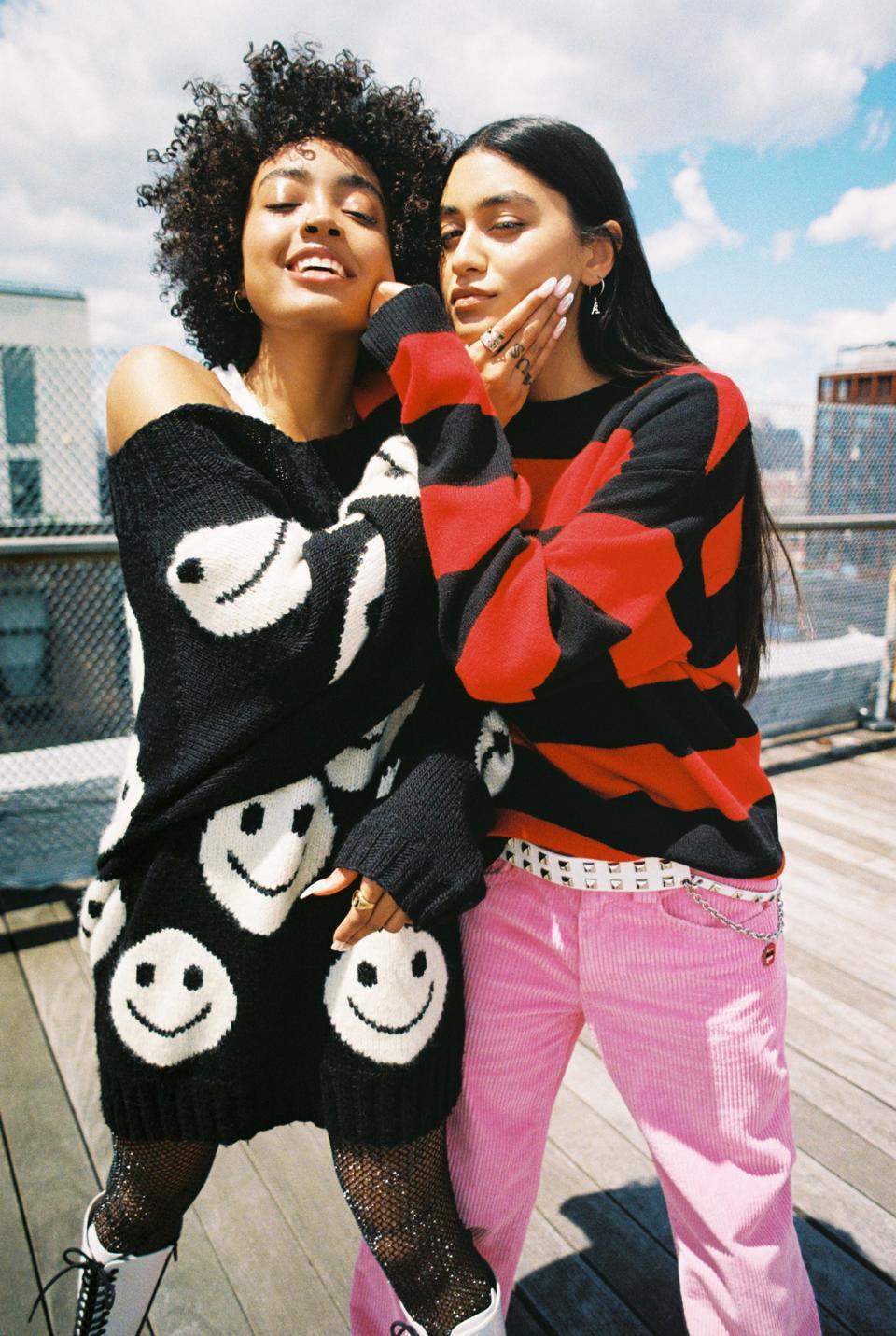
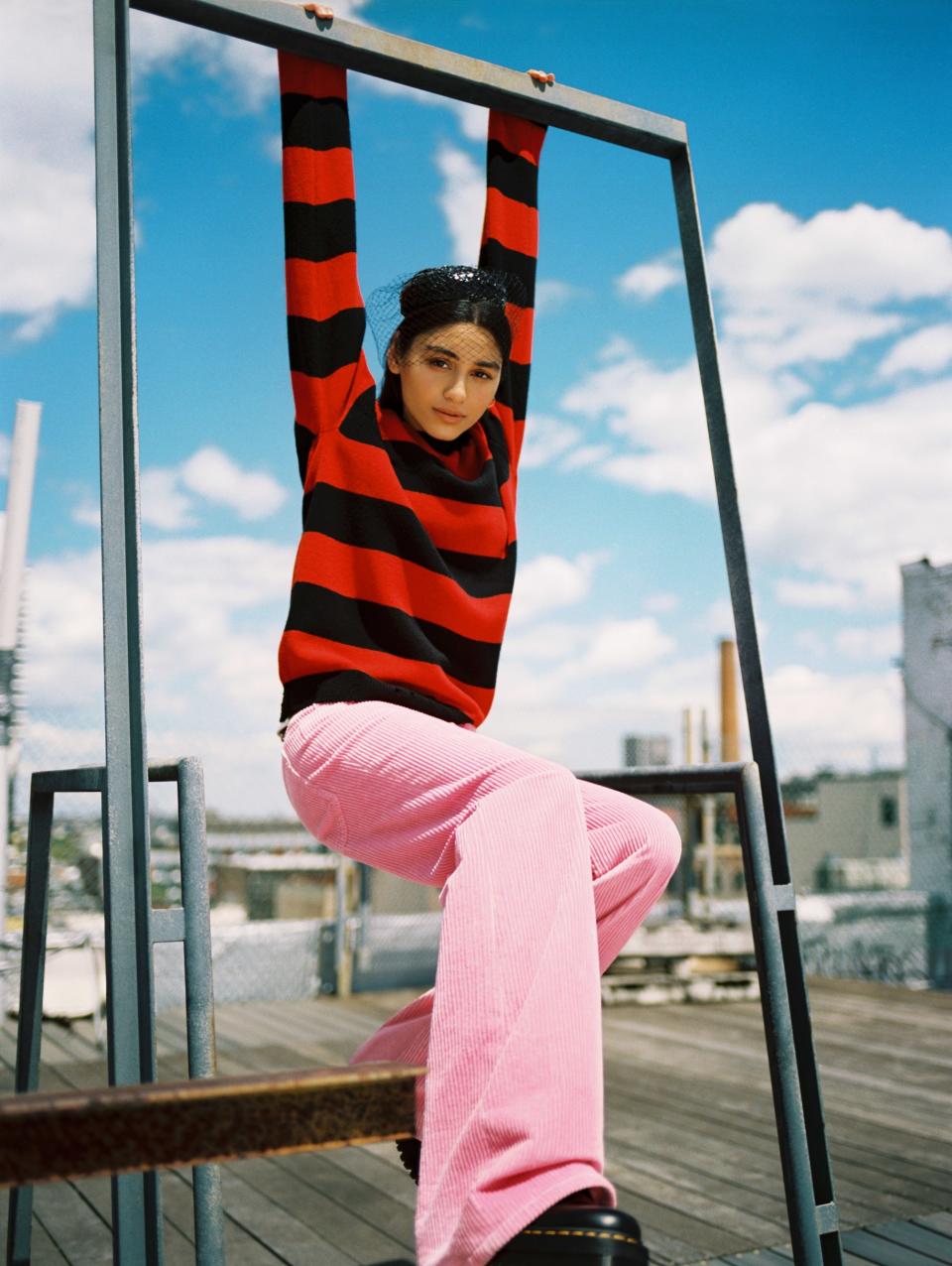
TV: In 2017, you were involved in your first internet scandal. The internet called you out for sending models down the runway with dreads, and you responded crassly on Instagram, attempting to make sense of the situation. So, I guess, what did you learn from that experience? How does it feel to be a designer in an age where people call you out for your wrongdoings, and are also quick to cancel, leaving little room for conversation?
MJ: I learned a lot from that. I was very hurt after that spring collection, and I was very angry and very tired and I struck back in a way that was totally inappropriate that I felt very bad about. Because I understood what I meant, but then I understood how it read. So that was my mistake. My references and the things I was looking at for that collection was the rave culture, Marilyn from the 80s, George, et cetera. But what I wasn't sensitive to was the fact that within the discussion of cultural appropriation that I didn't actually feel that's what we were doing.
And where my insensitivity, I feel laid was that I reacted and I responded instead of listening. That sometimes is my biggest problem, that I'm so anxious to make people understand me, that I don't try to understand them. I know that's a very human thing to say, but it's the truth. The internet can be a tool and it can also be a very dangerous device that makes us lazy and stupid and judgmental and hurtful. So I think it's like anything, it just depends how you use it. Words are not hurtful. It's people's hatred behind the words that make them hurtful. It's not an action that makes something aggressive. It's the aggression behind the action. Anyways, I've done a lot of thinking about it and I do think that that was my big mistake is that being sensitive is listening and not talking over people.
TV: Do you have any advice for new designers?
MJ: I don't give advice. I can tell my story, share my story. But advice is a bad idea to give, I think.
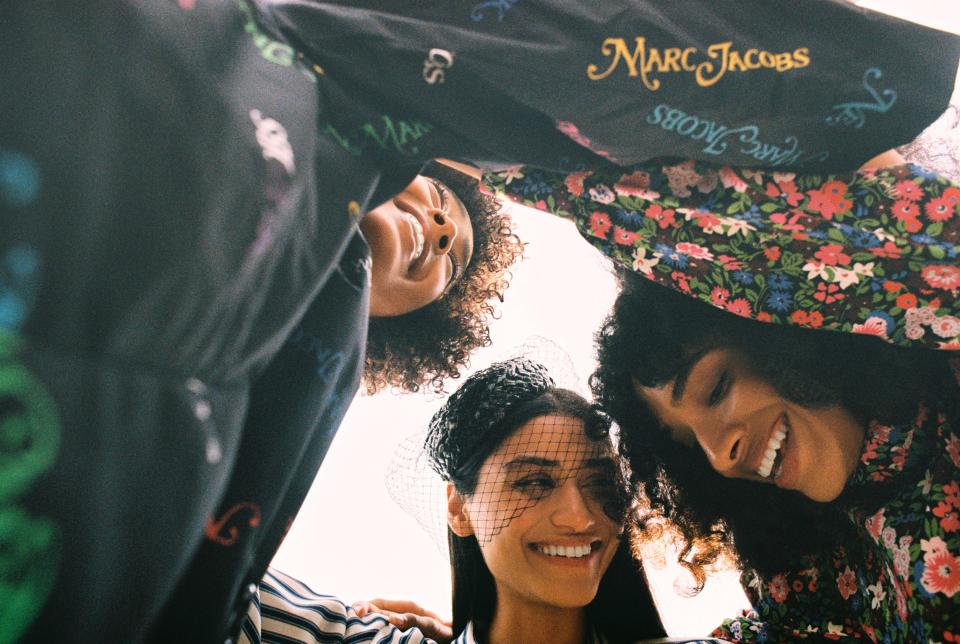
This interview has been edited and condensed.
— — — — —
Credits: Photographer: Bella Newman Stylist: Ronald Burton Groomer: Dana Boyer Designer: Corinna Bourke Producer: Paige Viti
Models: Alvina Bokhari, Shereen Mohammed, M'heri J.
— — — — —
Originally Appeared on Teen Vogue

